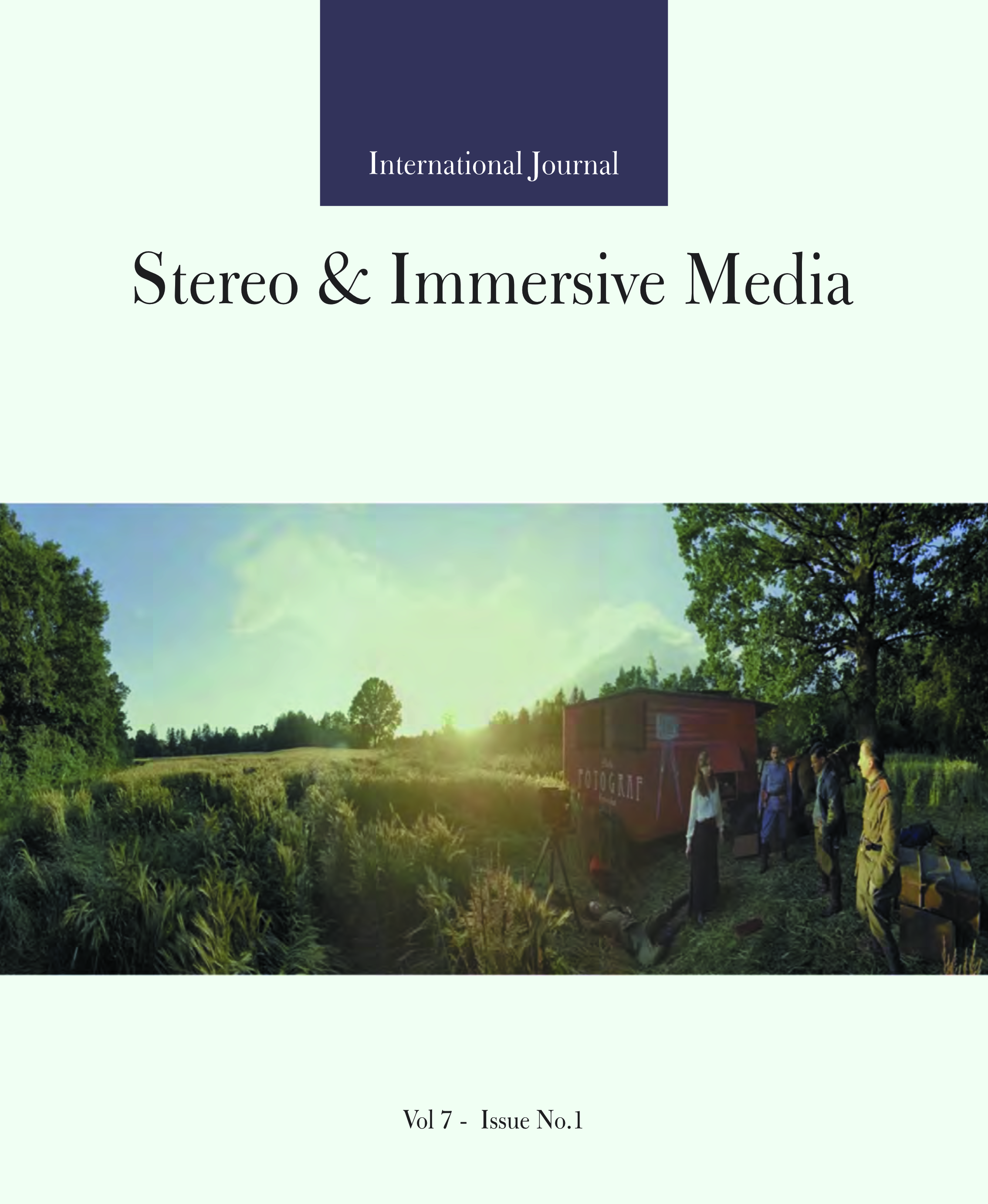Literature and Panoramic Structure
Abstract
American writer John Greenleaf Whittier composed his ambitious poem "The Panorama" in late 1855, not long before the Civil War of the States (1861-1865). Literarily, it was meant to dissuade the North and new western territories from following the example of the southern Democrats, and to abolish black slavery. For us today, interest rests also in the way this poem was structured. Whittier must have witnessed a "moving-Panorama" spectacle in his native New England and determined that he would apply that same mechanism for revelation, as structural basis for his lengthy, sententious poem. The political message of this work has earned notable attention, but its reliance on a mid-nineteenth-century popular spectacle had been mentioned just in passing. My aim is to demonstrate intricately how that popular spectacle was applied in this poem.



